Alex Hatton explores the issue of hunting imagery, and asks how we can better communicate the whole story of the hunt if we do choose to share our photos with the wider world
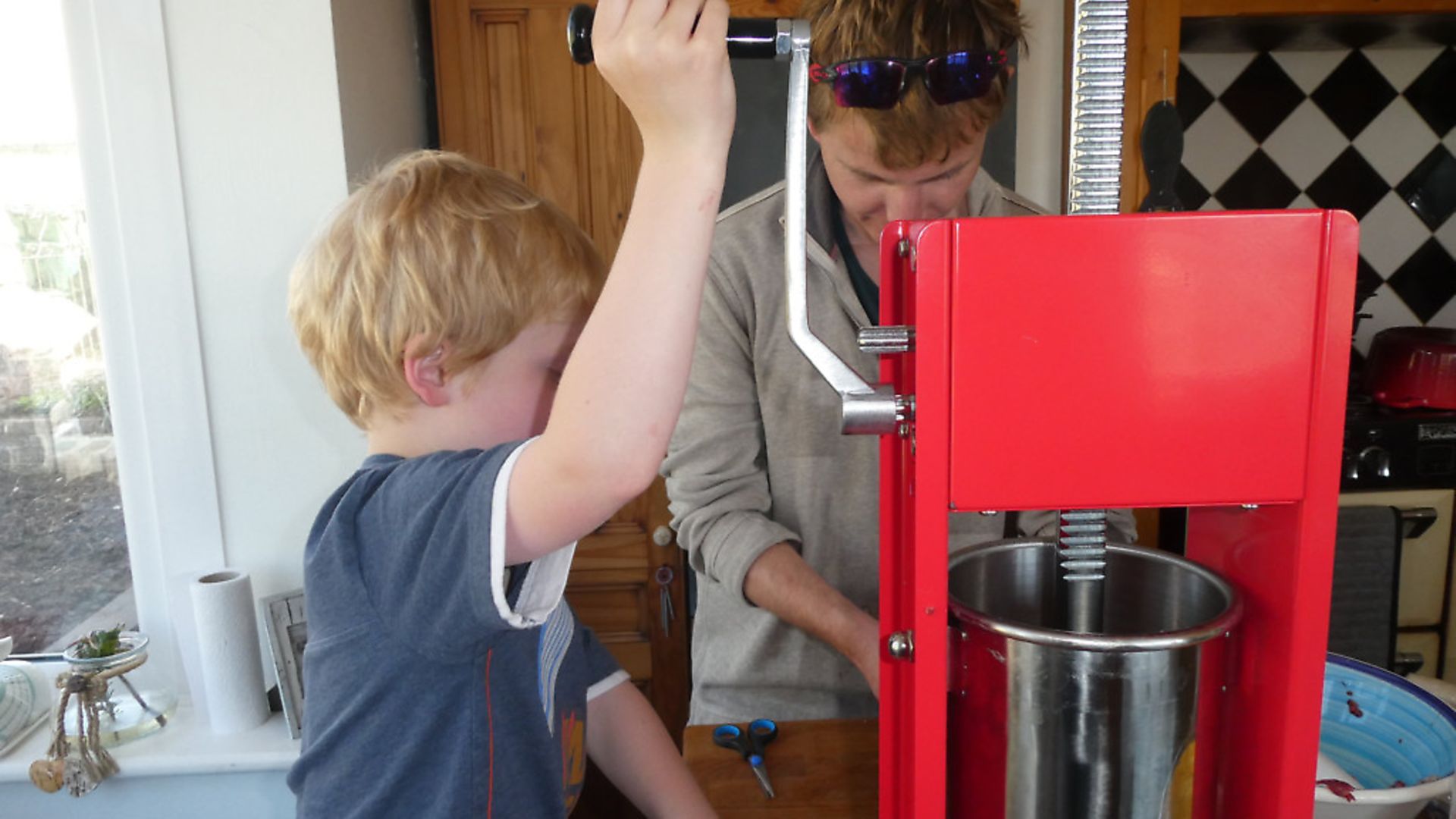 credit: Archant
credit: Archant
Although Covid-19 took the media focus off the trophy hunting debate for a while, as life settled down and the Glorious Twelfth brought shooting to the front pages again, the trophy debate has started to come back into the media focus again. When down the pub with non-hunting friends, we all have our go-to argument in the defence of trophy hunting when we are attacked, which is seemingly more frequent, but defence is never a good position to start with.
It’s a regular occurrence now: attacks on our way of life spring back up because of an image or two that upsets a few people in such a way it becomes a big thing. These images often stem from a private Facebook account, or someone’s Twitter account that is followed by a few people who are certainly not your friends... and then things escalate.
Many shooters these days use one form of social media or another and it is great to see what other people are up to in other parts of the UK, or indeed the world. For me, much of this is shared via WhatsApp groups and the content remains among us, but you only have to look through the various hunting forums and Facebook groups to see that not everything being shared does us good.
There is an element of policing on some groups such as ‘no head shot photos’, but there is an awful lot out there that I cannot help but think could have been better presented. There is no better a phrase, albeit a little cliché, than ‘we are all ambassadors of the sport’, but what does it mean for us now?
I do not believe the issue of trophy hunting is about the eating of meat. Of course, there are a large number of people in the UK that follow a meat-free diet, but it is other meat-eaters that have separated themselves from the process who are our biggest threat.
There is a huge market for buying locally, buying from farm shops, buying meat with better welfare standards, but yet we still come under attack, despite UK venison ticking all these boxes. Many of these issues, in my mind, stem from a perception that we are all trophy hunters, concerned only with taking trophy animals while wasting the rest. I really do not feel we should hide what we are doing in the British countryside, but we must package it up better. Just before lockdown, I took a cull fallow buck. He was wrapped in some electric fencing wire, missing portions of his ears and I guessed the electric wire had been caught between his toes as he had a bad limp and scarring. I decided to capture some of the different poses to demonstrate the point that one buck can provide so many different messages outside of our immediate shooting circles if we only put some thought in to how we present that. Many were not ‘poses’ I felt comfortable with and some I did not take to print, but I hope they prove a point.
As writers, we are not above any of the points made, but we are fortunate in that our articles by their very nature tell a story, and I always try to paint a much wider picture, where possible, impressing on whoever is reading the articles that the animal, generally, is going into the food chain.
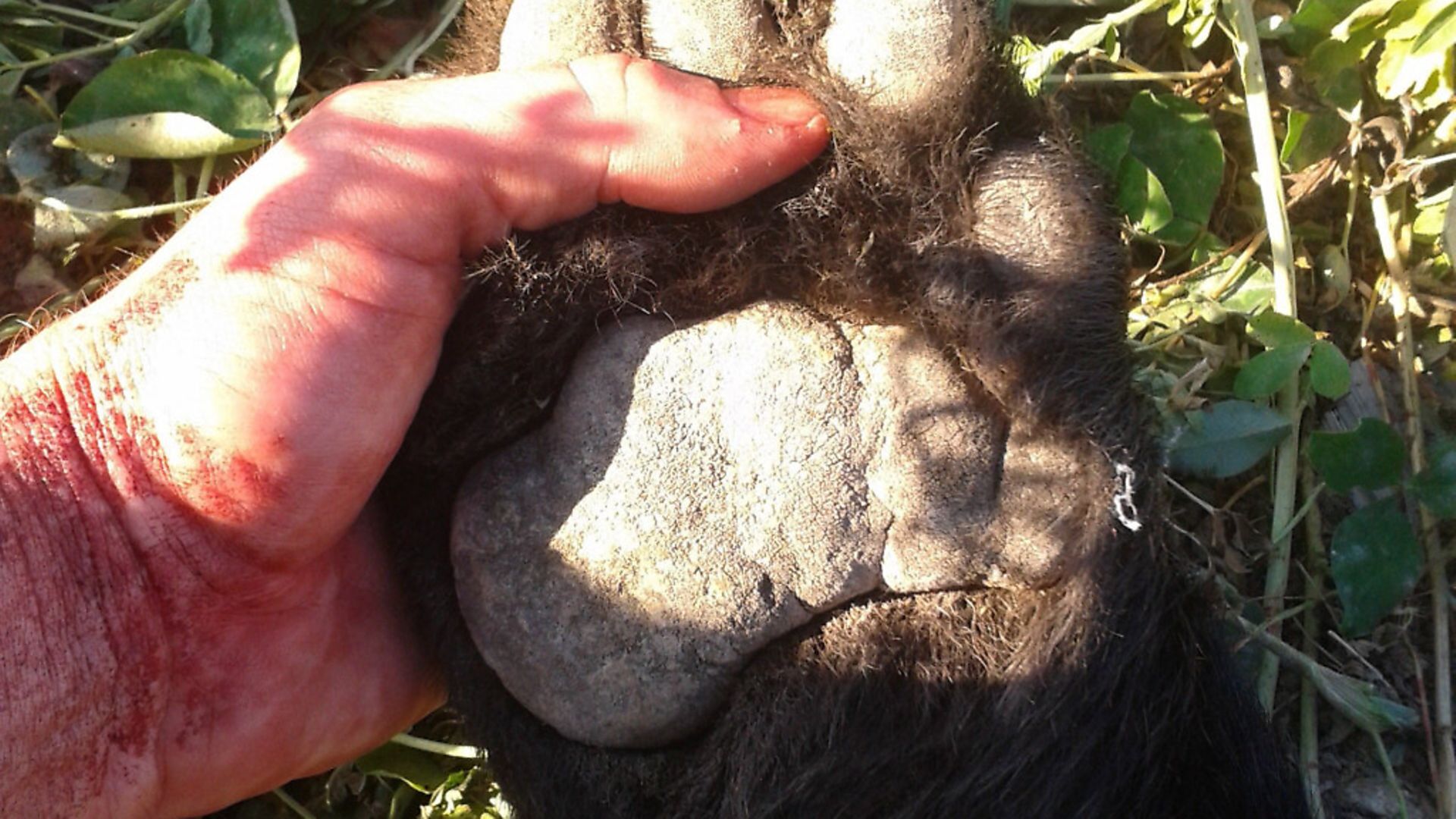 credit: Archant
credit: Archant
Severed heads
I am going to put my head on the block and say it: a severed head photo on social media does nothing for the sport. I have taken plenty of photos of severed heads, and am often sent them, the reason normally being that in the rush of lardering the animal I’d forgoten to take a photo before it was cut off.
For me, these photos are purely to keep a record of an animal shot, not for public consumption. While to stalkers taking the head off is a necessary part of entering an animal into the food chain, to non-shooters it just looks wrong – there is no context, no story and it can portray a scenario, wrongly, that you shot it only for its headgear.
So how should we pose? A (crazed) smile? A sombre face? Personally, I do not like to be in a photo at all, but understand a picture portrays the conditions you were hunting in, the gear you wore, the type of rifle you used etc. One thing I do not like to see is someone sat on an animal, and the Canadians find it very disrespectful, as do the Germans.
So, do we smile or stay sombre? There is no right answer. If you see a happy hunter on social media, you soon see comments regarding how happy the hunter is with his dead animal, followed by comments such as ‘I’d knock the smile off his face’. But it seems a solemn pose does you no good either. Other variants are the classic rifle laying across the deer’s antlers, or against it, which is not so much distasteful but I always find it a little odd. It does take the human out of the equation, but unless you are sponsored, I cannot really see it adds much to the photo – you may as well be in the photo.
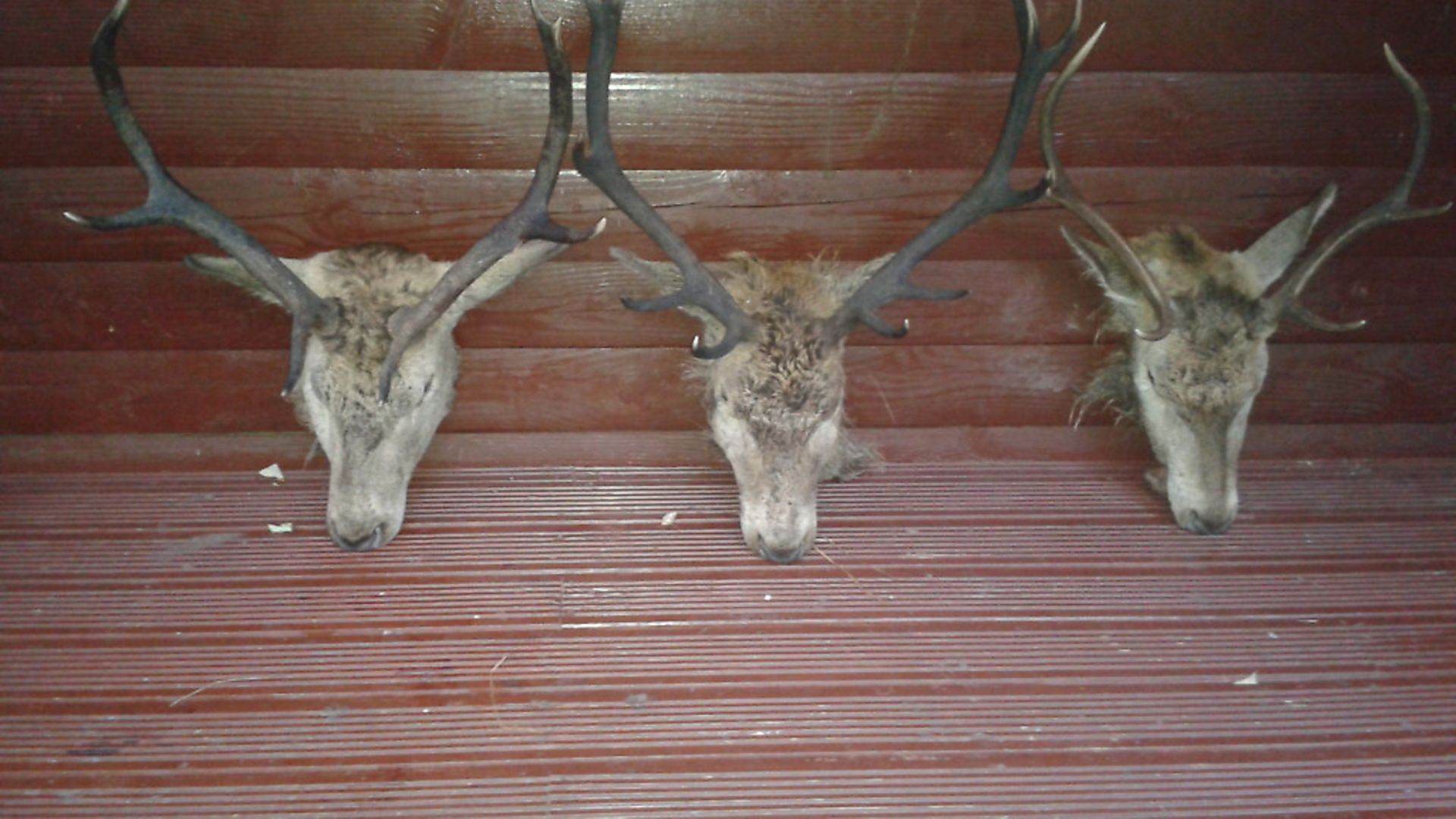 credit: Archant
credit: Archant
A very unpopular photo is couples kissing over a carcass and recently in the press, a dead giraffe. I guess if you were going to do it, it’s a photo for your own album not social media – I can think of more romantic places to capture a kiss! Blooding is a popular practice for a first stag, and while we should not hide from tradition, the question is, does a photo of someone posing with a stag, smeared in its blood, do anything for the sport?
Only you can answer that question before you post it to social media. While I would agree the tradition does no harm if viewed by hunting folk, will there be a hunting tradition at all in the future if we cannot keep some things out of the public eye?
When you shoot an animal, there is going to be blood. I try to make every effort to remove it from the animal before I take photos, particularly from its nose and mouth, but it has been shot and understandably this is not always possible. I recently saw an anti-hunting post on Facebook where an elephant was photographed by the side of a watering hole. It had bled into the water and it was now just a sea of blood – it did make me take a second look and wonder if this was really something we want out there.
Blood does come with death, and as shooters we understand that, but the general public literally see red at this point particularly on an emotive photo involving elephants. A few years ago, I hunted a bear in Canada, written up in Rifle Shooter, and one of the best photos taken was while I was thoughtfully looking at the animal and is a close up of my hand holding its paw. Sadly, my hand was covered in blood, post gralloch, and so I never shared it, but with a black and white filter this can be fixed. And yes, bear stew featured heavily in the article.
So where does this leave us, without hiding? Well, I have to say I have a mix of friends on Facebook, and if I was just to put a photo of a severed head on my news feed, with no explanation, then I would guess that the majority of the comments would not be positive. But yet, a picture of my kids making venison sausages in lockdown received nothing but positive comments.
As already mentioned, I am not keen on being in a photo. Some of the best ‘live’ photos I have are at weddings or other family events when I did not realise I was being photographed. Hunting is no different; it has so many different aspects. I find the most memorable photos are not those staged ones standing behind a carcass, but during the process that follows the kill, gralloching, extraction, lardering and even butchering. While trying to find the right shot with this fallow (featured), one of my favourites was while I was taking a moment to have a look at him on the ground; adding a little black and white effect, I think most would agree this is not an offensive image, which captures me, the animal and the countryside it was in.
An extraction photo tells a great story and also informs about the nature of the hunt. Here is a roe recently shot in Somerset, full write up to come next month in RS! And a stag extraction in Scotland. Neither are offensive but yet they show so much – the landscape, animals shot and the conditions and I really enjoy looking at them.
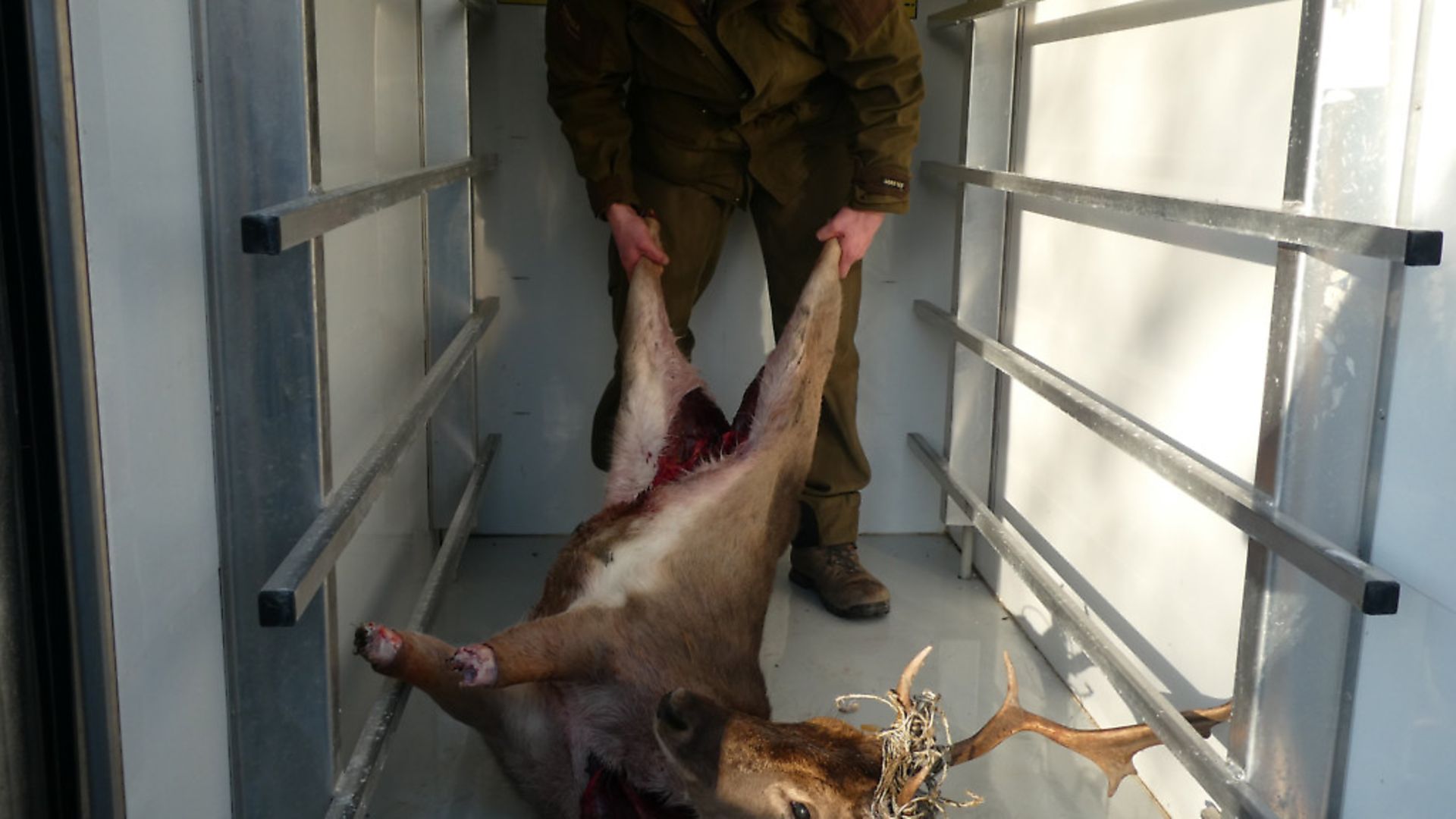 credit: Archant
credit: Archant
Lardering
With the deer back at the larder, suddenly the sterile white walls completely transform the story and it is now becoming food as opposed to sport or trophy hunting, despite it still having its head on. I personally enjoy seeing other people’s larders on social media, to see what sort and number of animals they are culling and their condition. I also enjoy seeing the animals where they were shot, so why limit yourself to just one photo – show a few steps of the process.
It never seems to upset any of my non-hunting friends when I shoot a doe; it is the minute we post a picture of a buck/stag, that is identifiable as an individual, that causes upset. The photos of does/hinds on social media tend to be of extraction or lardering and are much more presentable to the non-shooting public.
Another tool I enjoy is to combine my photos so you can see all parts of the hunt – from field to larder and even fork! In one set-up, I put the trophy shot, the carcass work, lardering and sausage making – it shows the entire process therefore we are not hiding but rather showing how everything is used.
The aim of this article was not at all to criticise those putting photos out there – we should not be ashamed of what we do. I take a lot of photos, many to accompany articles, but many are for my own benefit and not for public consumption.
I think we all have to stop and think: how would this photo be viewed by non-shooters on a public forum such as Facebook? If you have any doubt, don’t post it, or at least turn it into a story and put a few words up about why this animal was culled or what your management is set to achieve. There are a lot of anti-hunters lurking out there in our groups and I think we all have a part to play with public perception of the sport. We can all help the way we put out information to the public and this starts with recording our hunts in ways that give a more rounded view to the outsider.
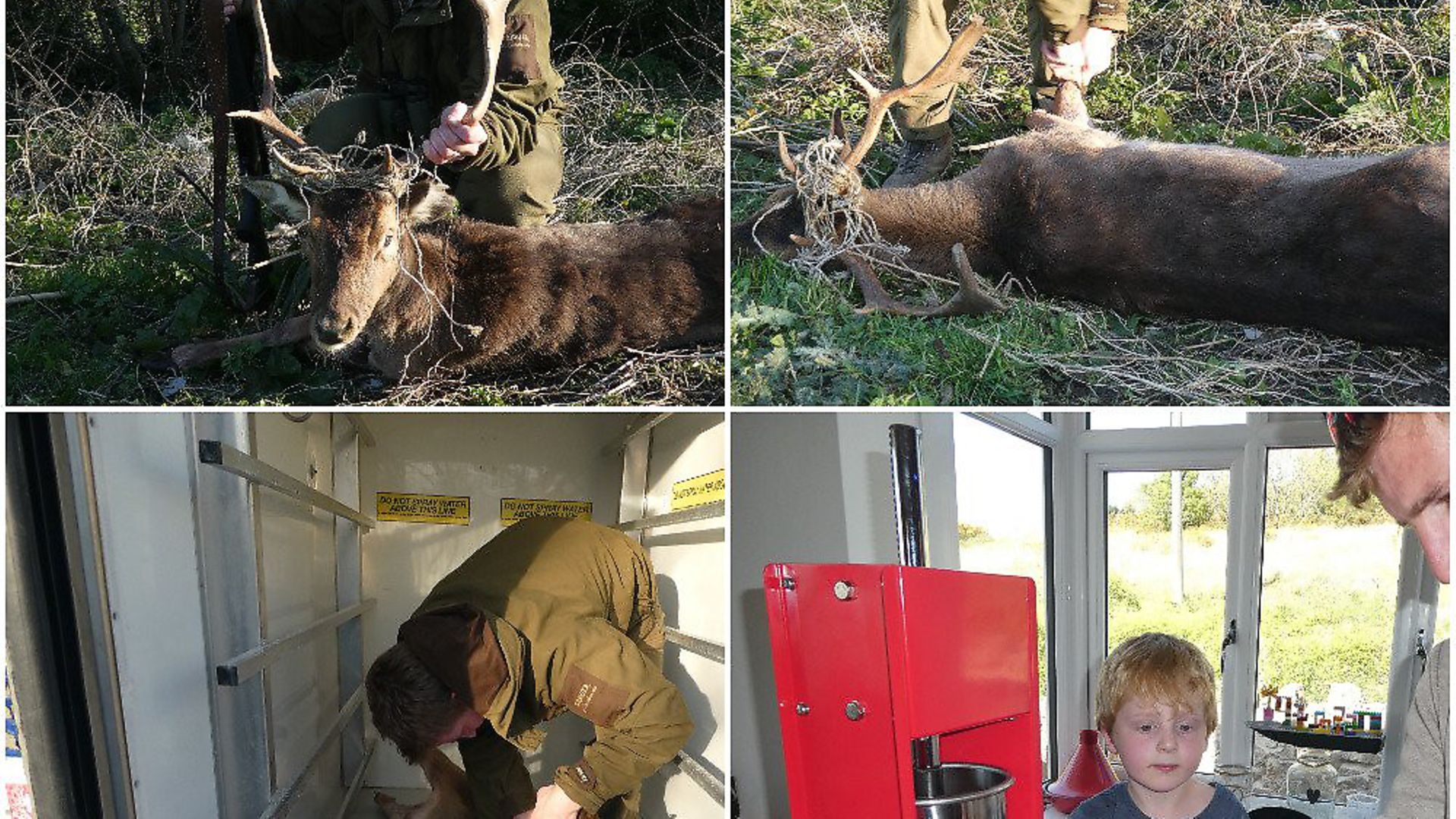 credit: Archant
credit: Archant
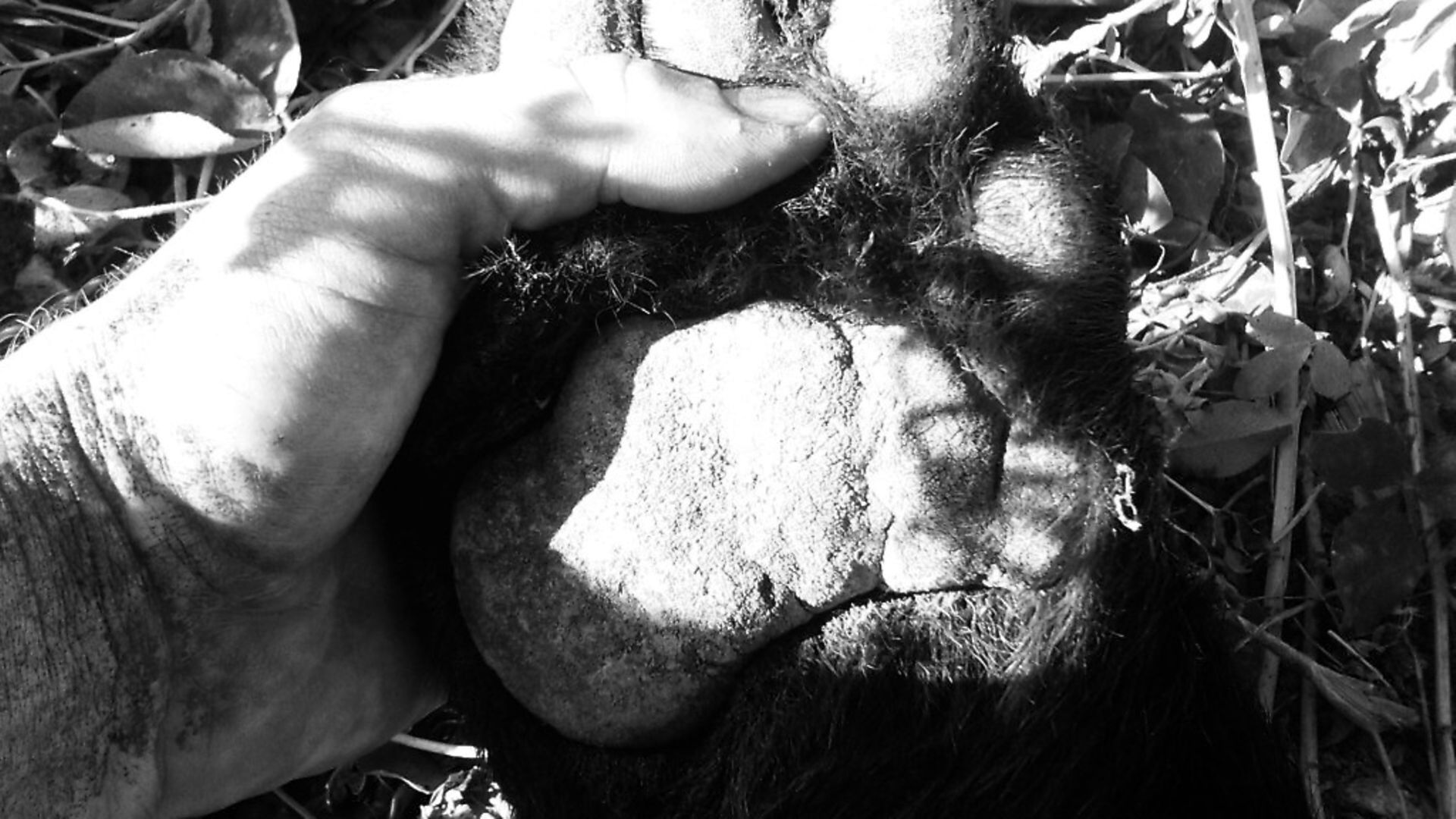 credit: Archant
credit: Archant
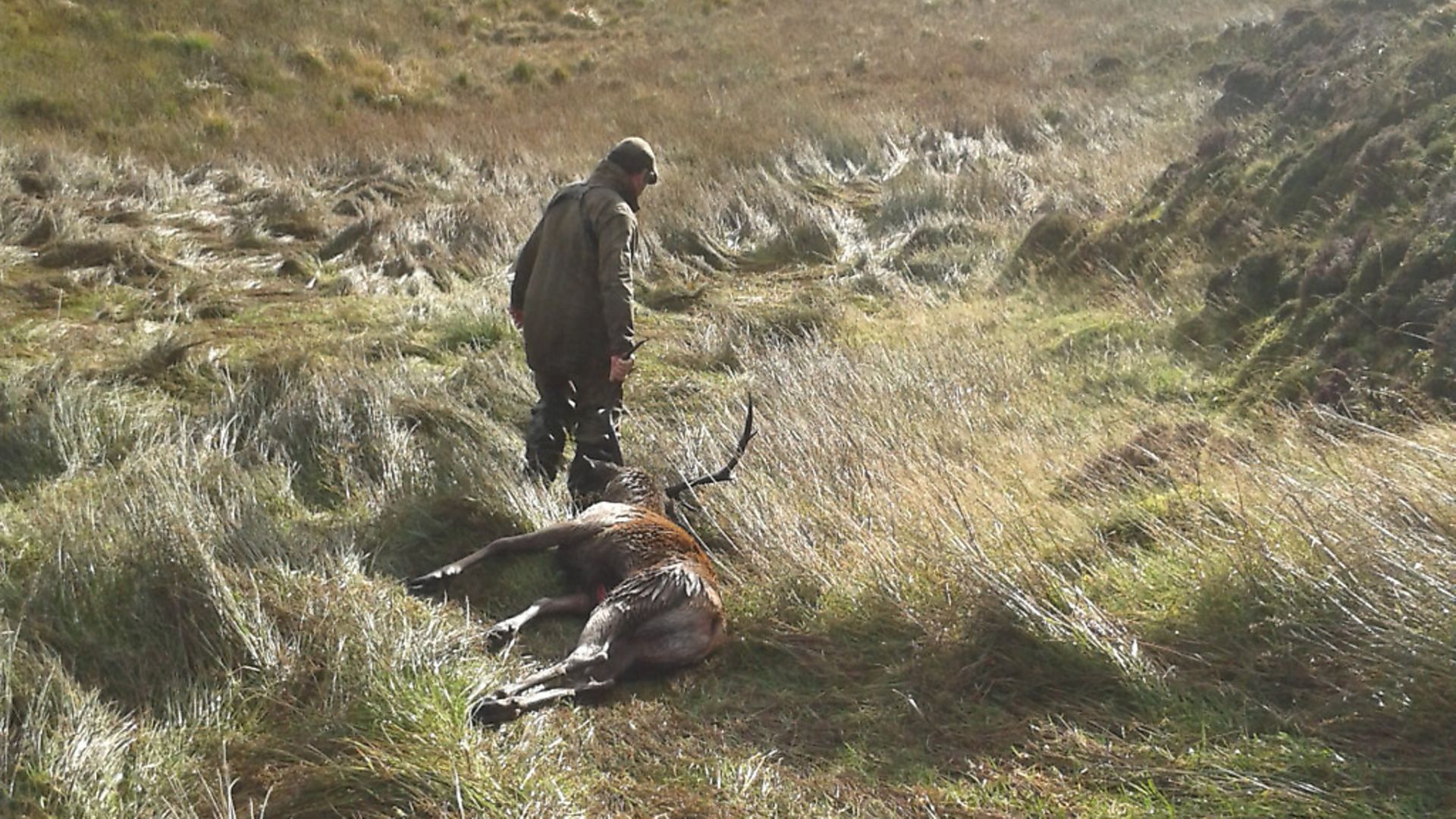 credit: Archant
credit: Archant